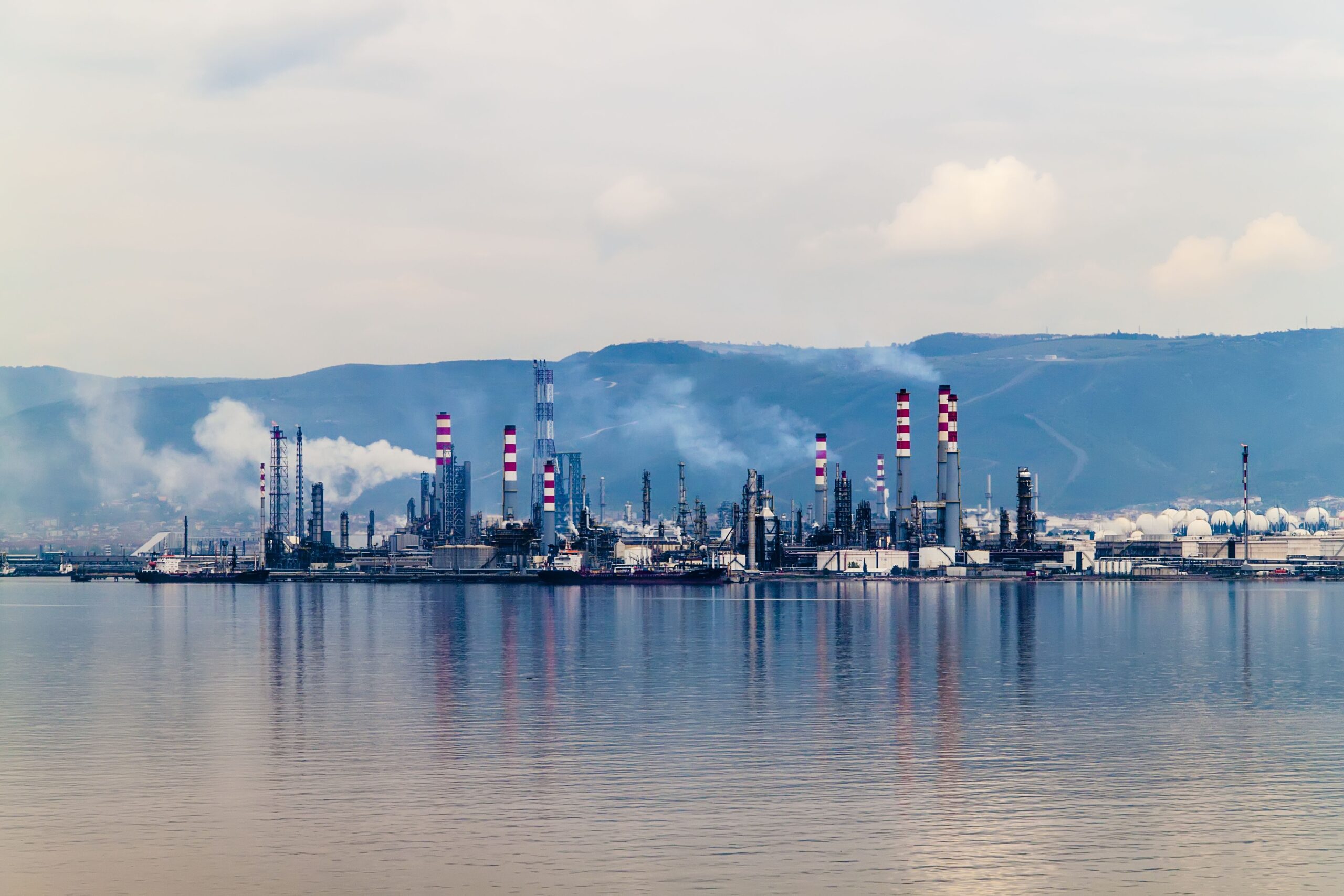
Going into this past year, 2022 was meant to be the beginning of the end for petroleum refiners, but another spanner was thrown in the works. With most countries coming out of lockdown and entering post-COVID life, the expectations were that a lot of the trial and tribulations of the past two years would leave their scars, but this would be the time to heal. Nevertheless, geopolitical tensions, a Chinese lockdown, and a looming recession have all contributed to lower-than-expected numbers this past year. Not all was lost though, as good diesel crack numbers shone a light at the end of the tunnel.
Looking ahead to 2023, refiners go in with the same cautious optimism of last year, though this time with much tempered expectations. At ADI Analytics, we’ve shared our 10 themes that will set the tone for the year to come in the world of refining.
Refining margins will see a drop from highs set in 2022 with oil prices set to also fall in 2023 because of uncertainty in the Chinese market and a potential recession.
Refining margins will see a decrease in the upcoming year, after the unsustainably high margins set in 2022, due to global refinery capacity being higher and reduced crack spreads. Oil prices have decreased since the latter part of 2022, and this trend is set to carry on into 2023. Increased production has been a large proponent of this price drop and is expected to carry on through the new year. China has begun to open its borders at the end of 2022, yet uncertainties surrounding future shutdowns leave the Chinese oil demand outlook uncertain. A looming recession could also reduce the demand for oil significantly. Collectively, we see significant downside risk to oil prices in 2023.

Inventory supply issues for diesel will mean that prices are likely to remain above the normal average but will steadily decrease over time.
Diesel prices have seen all-time highs in 2022, primarily due to the initial uptick during the COVID pandemic, followed by the effects of the Russia-Ukraine war. With sanctions being placed on Russian seaborn crude and 2023 sanctions on Russian refined petroleum products coming into play in February, the global price of diesel is going to feel the constraint of the lower supply severely. Europe has been turning to diesel, at least temporarily, as a substitute for natural gas, which they had previously imported from Russia. Increased capacity in China, India, and the Middle East are set to help ease the strain on the current global supply.
New mega-refineries are expected to come online in the Middle East, China, and Africa that will change the dynamic of global refining.
The Dangote refinery is scheduled to start operations up in Nigeria with a capacity of 650,000 bpd and the expectation of stopping imports of gasoline by the second half of the year. In China, 2 refineries are to go online with capacities of over 300,000 bpd each. The Yulong petrochemical plant (400,000 bpd) and the Huajin Aramco Petrochemical complex (300,000 bpd) are set to go online along with PetroChina’s 400,000 bpd Jieyang refinery, which had its first trial run at the tail end of 2022. The Middle East has also had a slew of new projects coming online in 2022 with no stopping in sight. Two new refineries in Iraq and Oman are set be fully operational in 2023 with capacities of 140,000 and 230,000 bpd, respectively.
Global refining capacity to continue increasing to offset crunch caused by COVID-19 pandemic.
In 2023, a net increase of 1.6 million barrels per day (MMbpd) is expected to go along with the 1 MMbpd increase in 2022. Current projections anticipate that 2.7 MMbpd of new capacity will come online in 2023, counterbalanced by 1.1 MMbpd of permanent shutdowns, resulting in the net growth of 1.6 MMbpd. This net growth is among the fastest in the last 20 years, and will likely be another driver for lowering refining margins.
The Middle East is pivoting away from oil refining in favor of petrochemical projects with prospects of better margins and greater longevity.
Margins for petrochemicals are more favorable than refineries, and with plant closures in Europe and a dip in Russian production, it leaves a gap in the market for the Middle East. They are well-positioned to make the transition: they currently hold plants with the capability to produce petrochemicals at scale and low cost, and their proximity to key petrochemical markets in Asia puts them in an advantageous position. Petrochemical feedstocks are projected to reach 20% of total global oil demand, whilst in the Middle East it already accounts for 25%. The rising natural gas costs in Europe have caused several plants to close, and new refineries in the Middle East, like the Jazan and al-Zour facilities, are being built with integrated petrochemical facilities.
Renewable diesel will continue its upward trajectory in 2023 as a popular clean energy alternative. However, prices are set to see an increase due to high feedstock costs.
The demand for renewable diesel has been increasing by ~50% year-on-year, displacing regular diesel and biodiesel in the meantime. Renewable diesel production is incentivized by the fact that it generates more renewable identification numbers (RIN) credits, which became more costly in 2022 due to increasing biofuel prices, and faced no infrastructure or blending constraints. However, food shortages, such as the dearth of soybeans, have put a stress on the production of renewable diesel but have by no means slowed down its growth. Since 2020, eight refineries have announced conversions to produce renewable fuels, and by 2025, the expectation is to produce 238,000 bpd, of which the majority will be renewable diesel.
The shortage of agricultural products for renewable fuels has impacted the progress of the ongoing energy transition.
Whilst a plethora of new policies introduced globally in the past year have passed with the goal of accelerating the clean energy transition, the efforts have been hampered by long-lasting effects from the COVID 19 pandemic. Supply chain challenges have led to shortages in agicultural products which in turn slowed down the clean energy transition. Going forward to 2023, we will see a bounce back for agricultural products, which, combined with increased natural gas prices due to the ongoing Russia-Ukraine war, will increase the demand for biofuels.
Global refining utilization capacity will continue to increase steadily to 83% from 82%, keeping it above historic averages.
From the beginning of 2022, the world saw the global demand for fuel reach its previous pre-pandemic levels; however, due to refinery closures and ongoing effects of the Russia-Ukraine war, refineries have not been able to keep up with the demand. New mega refineries in China, Nigeria, and the Middle East are expected to come online to ease the strain on current producers, though in the meantime throughput, and consequently the utilization capacity, is increasing in order to help meet the demand.
Sustainable aviation fuel (SAF) is the next big change in aviation, and sustainability strategies target a market share of 10% total aviation fuel by 2030.
SAF has been around since the Second World War and has filled in as a stop-gap measure whenever kerosene volumes have been low. It has lifecycle carbon savings of 70%, or more, and is made from a variety of wastes. For these reasons airlines have identified it as the best alternative in order to meet net-zero emissions targets. The short-term goal for the renewable fuel is to use it as a complete replacement for kerosene, not just as a blending component. The long-term goal, specifically in the U.S. and UK is for SAF to account for over 10% of the total usage of aviation fuel by 2030.

Jet fuel demand set to rise amidst COVID lockdowns being lifted, though historic values will not be seen for some years.
China recently relaxed its COVD resitrictions with the number of operating flights increasing by ~42% in the first week. China’s jet fuel demand is set to increase by 43% from 2022, though this still puts its consumption lower than 2021. China’s bounceback is reflective of the global demand, but the global consumption for jet fuel has yet to hit pre-COVID levels. Historically jet fuel demand has been slow to recover, as can be seen in our ADI multi-client study on the Jet Fuel outlook, and the trend is set to continue. Recent efforts to open up borders have spiked the comeback, however, in regards to jet fuel demand returning to historic averages, it will take some more years.
ADI brings deep expertise in the refining and fuels markets and players. Please contact us to learn more about our research.
Victor Toffoli



















